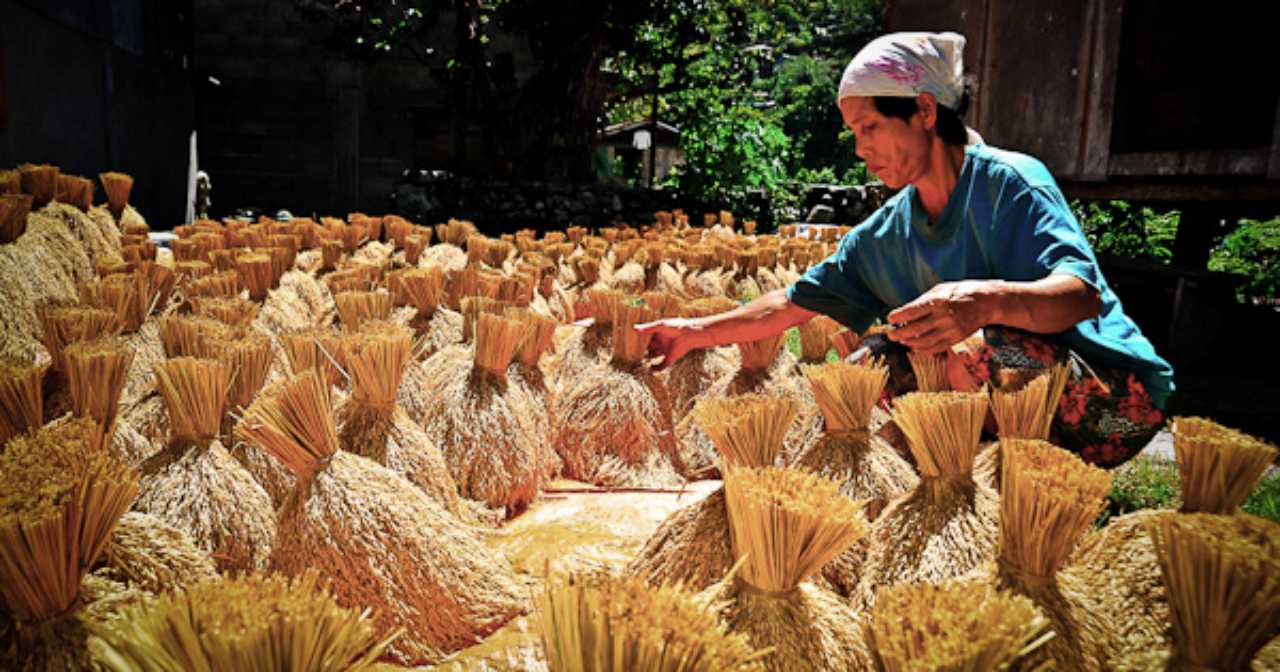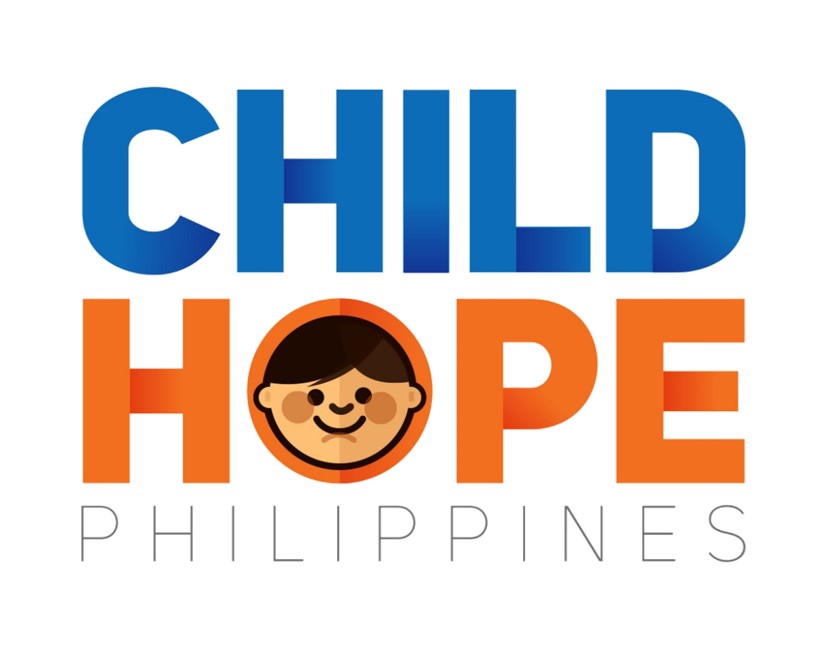The Philippines is a country that has been facing several economic challenges for decades, leading to high levels of poverty and unemployment. In an effort to address these issues, the government and non-governmental organizations have implemented various livelihood programs aimed at creating sustainable income-generating opportunities for the Filipino people. These programs range from agricultural initiatives to microfinance and entrepreneurship support, with the goal of promoting inclusive economic growth and poverty reduction.
The livelihood programs in the Philippines have been successful in providing employment opportunities for marginalized groups, such as women, youth, and indigenous communities, and have helped to improve their living conditions. Moreover, these programs have also contributed to the development of local industries, increased food security, and enhanced social cohesion in many communities across the country.
In this article, we will explore some of the most successful livelihood programs in the Philippines, their impact on the lives of beneficiaries, and the challenges they face. Whether you are interested in development work, entrepreneurship, or simply curious about innovative solutions to social issues, this topic will surely benefit you.
Livelihood Projects that Help Impact Lives of Filipinos
Despite facing economic challenges and high poverty rates, the Philippines is a country that is continuously striving to improve the lives of its people. In recent years, the government and non-governmental organizations have launched several livelihood programs that have made a significant impact on the lives of many Filipinos.
These programs offer training and financial aid to marginalized sectors, providing them with the necessary skills and knowledge to start their own businesses and support their families. Through these programs, Filipinos have been able to overcome financial constraints and attain a sustainable livelihood.
Moreover, these programs have contributed to the development of local industries and increased food security, bringing about inclusive economic growth and poverty reduction. By empowering Filipinos with the necessary skills and resources, livelihood programs have given hope to those who previously had limited options.
1. Sustainable Livelihood Program
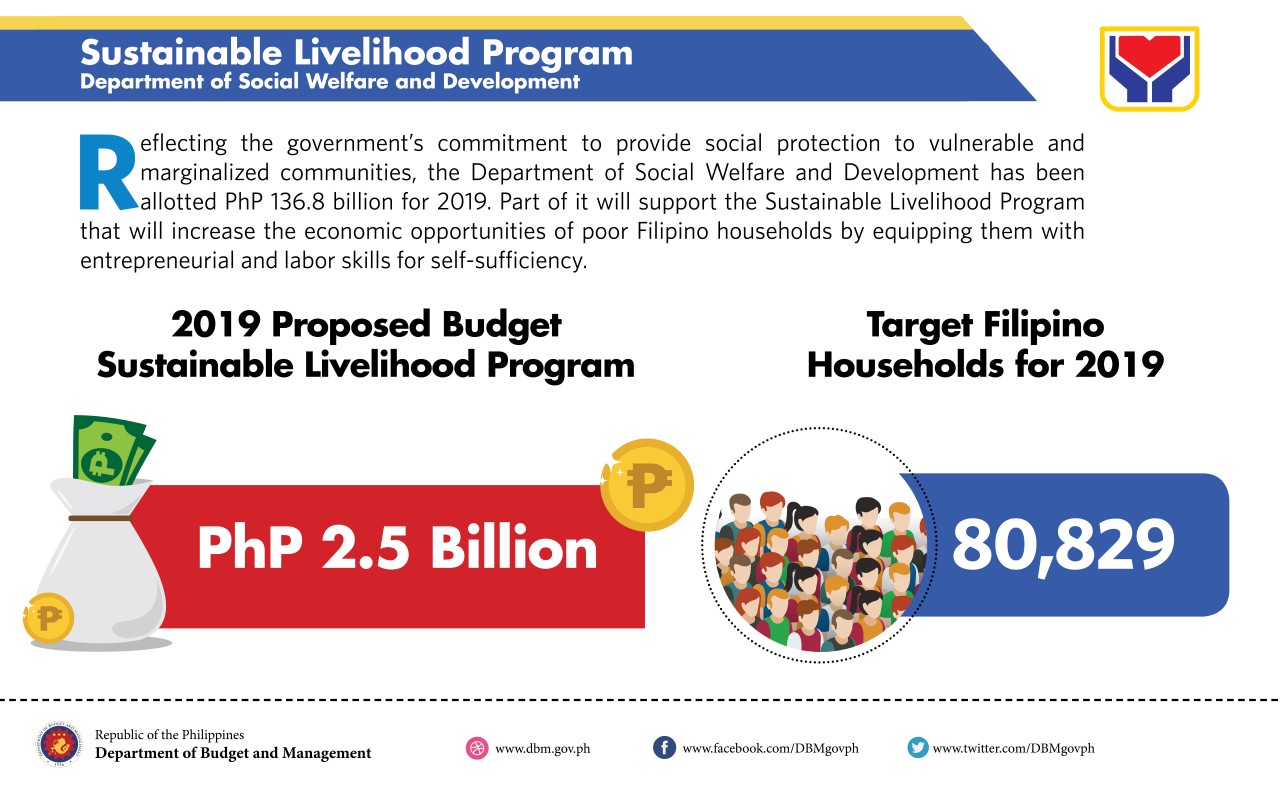
The Department of Social Welfare and Development (DSWD) leads the government-initiated livelihood programs in the Philippines, with the Sustainable Livelihood Program (SLP) being one of the programs that help Filipinos.
- The SLP aims to provide equitable opportunities and wealth distribution among Filipinos and reduce poverty rates
- The SLP facilitates livelihood programs in the form of jobs, training, and cash assistance
- The microenterprise development track provides financial capital, entrepreneurial expertise, and skills training to help Filipinos become small business owners
- The employment facilitation track provides skills training to improve their capacity and give them an advantage in the job market
The video posted by CNN Philippines features the Social Welfare Department’s Sustainable Livelihood Program (SLP) and its purpose of providing Filipinos with long-term solutions to poverty. The video opens with a famous quote, “Give a fish to someone, you can feed them for a day. If you teach him how to fish, you will be able to feed him and his family for the rest of your life,” highlighting the program’s goal of empowering individuals to become self-sufficient. It then shows footage of Filipinos participating in various SLP activities such as receiving financial capital, entrepreneurial expertise, and skills training to help them become small business owners.
The video emphasizes that the SLP provides equitable opportunities and wealth distribution among Filipinos, thereby reducing poverty rates. It concludes by stressing that the program’s purpose is to help our countrymen find a job or small business that they can grow one day, ensuring a sustainable livelihood for them and their families.
2. Pantawid Pamilyang Pilipino Program (4Ps)
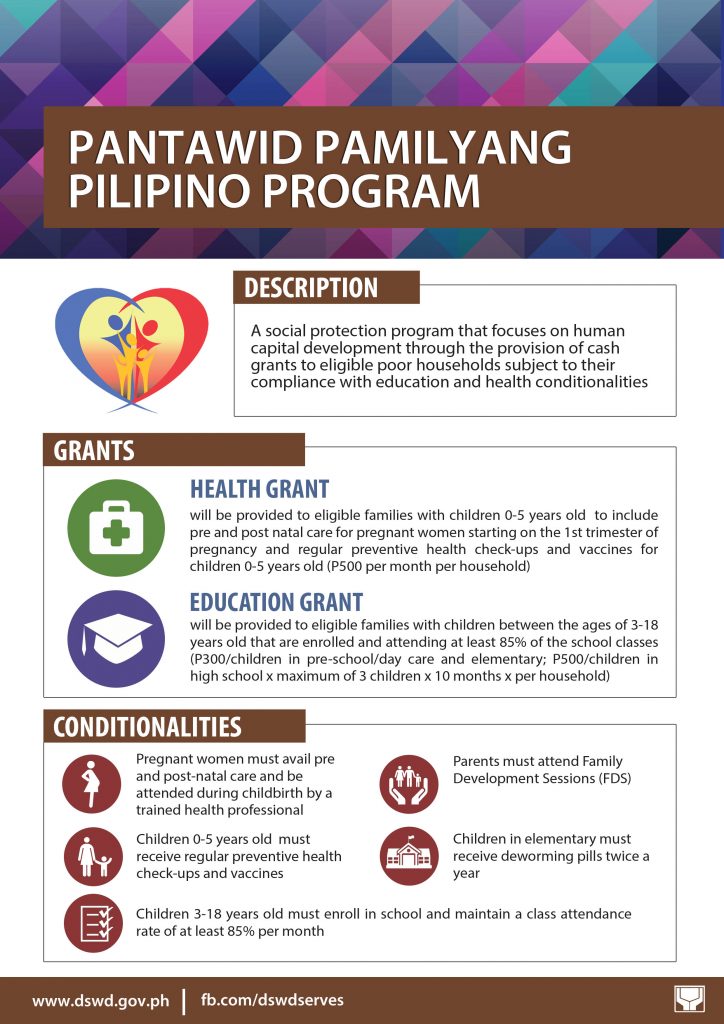
- The Pantawid Pamilyang Pilipino Program (4Ps) is a well-known livelihood program in the Philippines.
- The program is led by the DSWD and has two objectives: social assistance and social development.
- The main beneficiaries of the program are the children of Filipino households.
- The program provides cash funding to support the family’s food and educational requirements.
- The aim of the program is to provide short-term solutions to poverty and help families pursue their endeavors to lead them away from poverty.
The 4Ps program in the Philippines provides conditional grants to beneficiaries for health, nutrition, and education expenses. The grants are up to P6,000 per year for health and nutrition, and P3,000 per child for educational expenses. Beneficiaries must comply with conditions such as attending family development sessions, receiving regular health check-ups, attending school at least 85% of the time, and availing of deworming pills every five months. Compliance is verified every month by the DSWD, in coordination with other government agencies and local government units.
https://www.youtube.com/shorts/C-g785XOZJ0
The video reports that the Department of Social Welfare and Development (DSWD) in the Philippines has set a goal to enroll 500,000 families in the Pantawid Pamilyang Pilipino Program, also known as 4Ps, by 2023. The program aims to provide financial assistance to households with single parents, persons with disabilities, farmers, fishermen, and others. The report features former DSWD Secretary Erwin Tulfo discussing the initiative.
3. Villar SIPAG
The non-government organization, Villar SIPAG, advocates for the empowerment of poor and underprivileged Filipinos through various programs such as nutrition caravan, medical missions, livelihood, and entrepreneurship.
Their program, Caravan Kaalaman, focuses on livelihood and aims to provide skills and access to resources and materials for the poor to start their own businesses. Villar SIPAG also launched the Pondo sa Sipag Puhunan sa Tiyaga Awards to inspire entrepreneurship and promote job availability. The organization believes that promoting entrepreneurship can provide wealth to business owners and facilitate job availability for fellow Filipinos.
- Manpower on Wheels (MOW) was launched in 1993 as a mobile laboratory training school
- MOW provides free employable skills training to help uplift the lives of the poor and needy residents of Las Piñas and Muntinlupa
- MOW is a joint project of Villar SIPAG and Technical Education and Skills Development Authority (TESDA)
- MOW went nationwide in 2001 as the Sipag at Tiyaga Caravan Kaalaman
- Caravan Kaalaman is a livelihood seminar program seeking to provide skills training for housewives and out-of-school youth nationwide
- The program aims to help them become micro-entrepreneurs and generate income for their families
- The Caravan has been to all provinces and regions in the country and has equipped many Filipinos with worthwhile skills
- The courses offered include meat processing, native kakanin-making, candle making, fruit juice processing and preservation, fish processing, coconut processing, condiments making, pickled products processing, sasso chicken growing, herbal medicine processing, and Soya products processing
- Water hyacinth basket and slippers making is also offered on special request
- The program believes that providing the poor with the skills and access to resources and materials to start their own business is the best way to help them fight poverty and achieve economic independence.
4. Childhope’s Livelihood Programs
Childhope Philippines’ Street Youth Empowerment Project (SYEP) aims to provide out-of-school youth with the skills and knowledge needed to start low-capital businesses such as basic food processing and soapmaking. This program helps these young people sustain their daily living and provides them with the hope of starting a related business venture in the future.
Childhope Philippines’ Street Youth Empowerment Project (SYEP) provides free livelihood training to out-of-school youth participants in the Philippines. The program offers training on a variety of topics, including dishwashing liquid making and meat processing, with the goal of empowering young people with the knowledge and skills needed to start low-capital businesses and sustain their daily living.
During the training sessions, participants learn about the fundamental principles of food processing, meat preservation, quality control, product costing, and hands-on processing. They also get involved in mixing the ingredients during the actual demonstration and learn how to cook the products properly and the condiments as well. The finished products are given to participants as recognition for their active participation, while others are reserved for the Livelihood Fair.
Childhope Philippines’ Street Youth Empowerment Project is committed to helping uplift the lives of these street youth by providing them with the necessary skills and knowledge to create a better future for themselves.
The video showcases a project that aims to benefit street children, their families, and communities by providing them with opportunities for personal and professional growth. Through this project, the street children are given direction in life and are encouraged to pursue productive and legal activities. The focus is on providing them with service skills training that will enable them to set life goals and have a better future. The video highlights the positive impact that this project can have on the lives of street children and the communities they belong to.
5. ADB-Funded Livelihood Program
The Asian Development Bank and the Department of Labor and Employment launched a livelihood program in Negros Occidental, which started as a pilot test in 2018 with a focus on providing agricultural support. The program became even more crucial during the COVID-19 pandemic as it enabled the community to feed their families and supply food to their fellow residents when employment and markets were halted. This highlighted the importance of livelihood programs in small communities vulnerable to economic instability brought by unforeseen events.
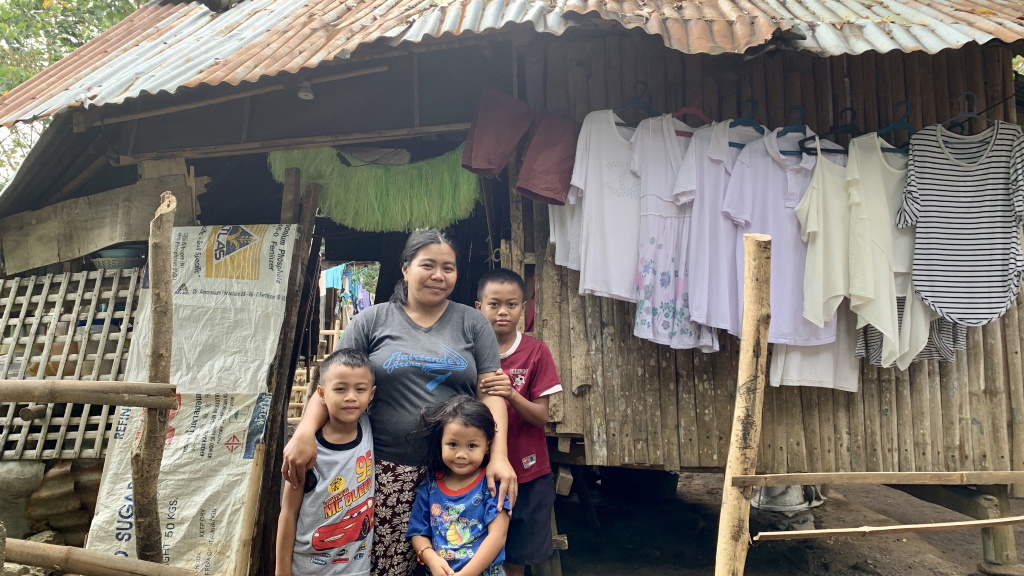
- The DOLE graduation pilot project offers comprehensive, time-bound interventions for eligible households.
- Maria Corazon Gaylon, a former canteen worker and laundrywoman, was among the successful beneficiaries of the pilot project, building economic resilience through sustainable livelihoods.
- The project helped households with food production livelihoods in central Philippines feed their families and supply the community with food during the COVID-19 pandemic when local markets were closed.
- Livelihood promotion, social protection, financial inclusion, and social empowerment are the key components of the DOLE graduation pilot project.
- The pilot project aims to provide a sequenced set of interventions to help eligible households become more self-sufficient and resilient.
Government Assistance Programs For OFWs
Due to the pandemic, many overseas Filipino workers lost their jobs and were repatriated. Others were unable to work or were terminated, while some were unable to travel to their host country due to travel restrictions. However, several government agencies still offer assistance programs to support OFWs during these difficult times.
a. Financial Assistance Through DOLE-AKAP Program
The Philippine government is offering a one-time financial assistance of P10,000 to OFWs who have been affected by the pandemic. This assistance is available to documented workers, Balik-Manggagawa, and undocumented workers who are currently processing their status. If you are still overseas, you may apply for the assistance through DOLE or the respective POLO. However, meeting all the requirements does not guarantee approval of the application.
This video provides information about the DOLE-AKAP cash assistance program and announces that those who have applied for the aid will receive it. The video explains the application process and also includes answers to frequently asked questions.
b. Balik Probinsya, Bagong Pag-asa Program
The population of Overseas Filipino Workers is not limited to those who reside in Metro Manila, as many OFWs come from the provinces or choose to settle outside the city in search of better opportunities. A program has been launched to encourage people to return to their respective provinces to address urban congestion and promote countryside development. The program offers support and incentives such as transportation, education, and livelihood programs.
The video discusses the Balik Probinsya, Bagong Pag-Asa Program and highlights its benefits. The program aims to address the congestion in Metro Manila by encouraging people originally from the province who are working in Manila to return to their home provinces. The government will provide them with incentives on transportation, livelihood, family, housing, and education, among others. The video emphasizes that the program not only helps decongest Metro Manila but also provides opportunities for people to improve their lives in their home provinces.
c. Livelihood Program Through OWWA
OWWA, or the Overseas Workers Welfare Administration, provides a Reintegration program that supports the integration of returning OFWs into the Philippine society. The program offers various benefits such as financial literacy, job referrals, and business counseling.
As a response to the pandemic, the agency has launched a new program called Balik Pinas! Balik Hanapbuhay! This livelihood support program offers P20,000 to qualified OFWs to use as start-up or additional capital for their livelihood projects.
The video showcases the Balik Pinas! Balik Hanapbuhay! Livelihood Program offered by the Overseas Workers Welfare Administration (OWWA) to returning OFWs who qualify for the program. The program includes a package of livelihood assistance that provides cash assistance of ₱20,000 and Entrepreneurship Development Training to help returning OFWs start their own business. The video highlights the benefits of the program for the OFWs who are looking to start a new chapter in their lives and become successful entrepreneurs.
The video features guests Ms. Carmelita Raquiza, OWWA-NCR Focal Person, and Mr. Marco Antholin Santos, DOLE-NRCO NCR Coordinator, who will discuss the reintegration programs of the government for OFWs. Viewers will learn about the various initiatives aimed at helping OFWs reintegrate into the workforce upon their return to the Philippines.
d. Free Training From TESDA’s ABOT OFW Program
Upon returning to the country, it may be worthwhile to explore training opportunities provided by TESDA. They offer courses such as welding, electric installation and maintenance, processed food and beverage, wholesale and retail trading, Information and Communication technology, decorative crafts, and footwear and leather goods.
Additionally, TESDA has scholarship programs available for more in-depth training. In response to the increased demand for food products, they offered a scholarship program on integrated organic farming in May 2020.
The video showcases TESDA’s Alternative livelihood program through its ABOT OFW PROGRAM. It highlights how the program aims to provide alternative livelihood opportunities for returning OFWs (Overseas Filipino Workers) who have lost their jobs or have been displaced due to the COVID-19 pandemic. The program provides training in various fields such as food processing, beauty and wellness, and even e-commerce. The video also emphasizes the importance of skills training and entrepreneurship in creating sustainable livelihoods for returning OFWs, allowing them to support their families and contribute to the local economy.
Tips when choosing a Livelihood Program to Join
Choosing a livelihood program to join can be overwhelming, especially when there are so many options available. To help make the decision easier, consider these tips:
- Research available programs: Look for programs that are well-established and have a track record of success. Research their goals, objectives, and impact to determine if they align with your personal values.
- Check for program requirements: Some programs may have specific requirements for participants such as age, education level, or residency. Make sure you meet these requirements before applying.
- Assess the cost: Consider the cost of the program, including tuition fees, materials, and transportation. Look for programs that offer scholarships or financial assistance if needed.
- Seek advice: Seek advice from people who have experience in the program or industry. Consult with friends, family members, or experts to get a better understanding of what the program entails and its potential benefits.
Long-Term Impact of Livelihood Program on its Beneficiaries
Livelihood programs can have a long-term impact on the lives of their beneficiaries. Here are some key factors to consider:
- Increased Income: Livelihood programs aim to provide sustainable income-generating opportunities for their beneficiaries. This increased income can have long-term effects, such as improved access to basic necessities, education, and healthcare.
- Skill Development: Many livelihood programs offer skills training to their beneficiaries, which can lead to better job prospects and higher-paying employment in the long run.
- Entrepreneurship: Some livelihood programs provide support for entrepreneurship, which can lead to the creation of small businesses and long-term self-sufficiency.
- Improved Social Capital: Livelihood programs often create networks of support and social capital among their beneficiaries. This can lead to increased community involvement, stronger relationships, and greater social cohesion.
- Sustainable Development: Livelihood programs that prioritize sustainability and environmental responsibility can lead to long-term improvements in local ecosystems and natural resources.
It’s important to note that the long-term impact of livelihood programs can be influenced by a range of factors, including external economic conditions, access to resources, and government policies. Nonetheless, investing in sustainable livelihood programs can have significant positive impacts on the lives of beneficiaries and their communities.
Frequently Asked Questions
1. What are livelihood programs in the Philippines?
Livelihood programs are initiatives that aim to provide support to individuals or communities in starting or improving their livelihood activities. These programs often involve providing training, resources, and financial assistance to help people become more self-sufficient.
2. Who can participate in livelihood programs?
The eligibility criteria for livelihood programs can vary depending on the specific program. Some programs may be open to anyone who is interested, while others may have specific requirements, such as being part of a certain community or having a certain level of income.
3. What types of training are typically offered in livelihood programs?
Training offered in livelihood programs can vary widely, but some common examples include skills training for specific trades or industries, financial management training, and entrepreneurship training.
4. What types of financial assistance are available through livelihood programs?
Financial assistance offered through livelihood programs can include grants, loans, and other forms of funding to help individuals or communities start or improve their livelihood activities.
5. How can I find out about livelihood programs in my area?
You can check with your local government office or community organizations to find out about livelihood programs in your area. Additionally, many national government agencies and non-profit organizations offer information about their livelihood programs online.
6. Are there any costs associated with participating in livelihood programs?
Some livelihood programs may require participants to contribute some of their own resources, such as time or money, while others may be fully funded by the program.
7. How long do livelihood programs typically last?
The duration of livelihood programs can vary depending on the specific program, but some may last anywhere from a few weeks to several months or even years.
8. What are some examples of successful livelihood programs in the Philippines?
There have been many successful livelihood programs in the Philippines, including the Pantawid Pamilyang Pilipino Program (4Ps), which provides cash transfers to poor households to help improve their education and health outcomes, and the Sustainable Livelihood Program, which provides support to vulnerable communities to help them start or improve their livelihood activities.
Final Thoughts
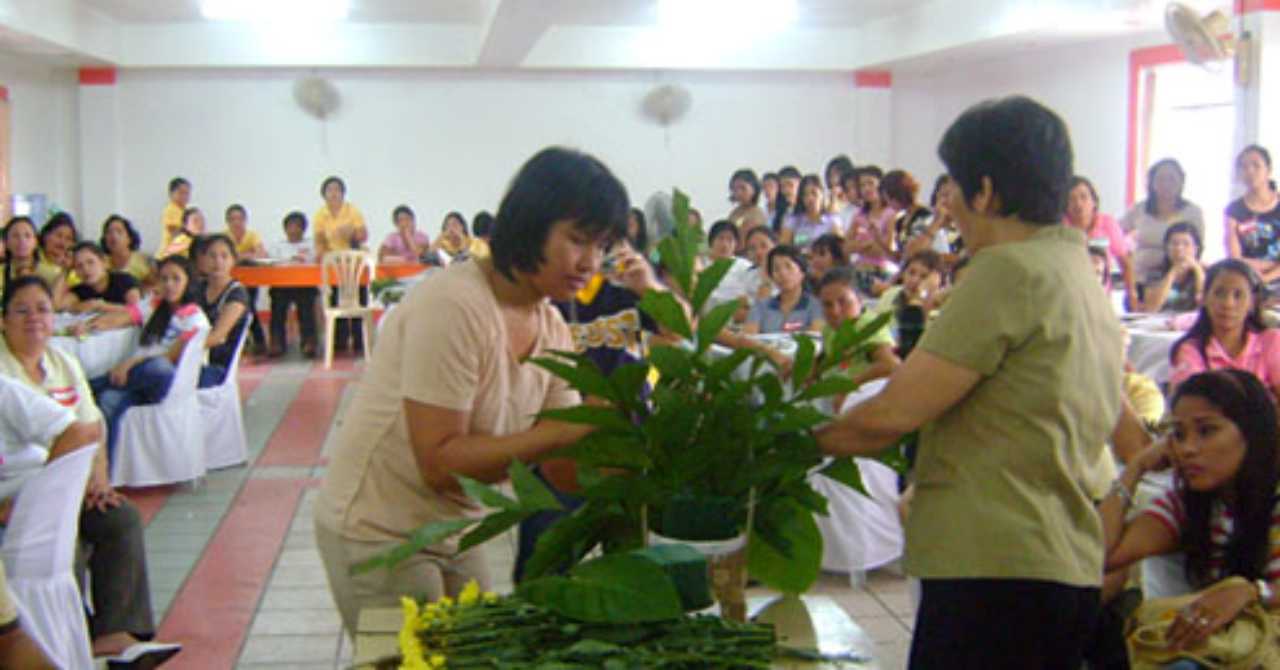
In conclusion, the livelihood programs in the Philippines have been instrumental in addressing the economic challenges faced by the country and have contributed to the empowerment of marginalized communities. Despite the success of these programs, challenges still need to be addressed, such as limited funding, inadequate infrastructure, and lack of access to technology.
Nevertheless, the efforts of the government and non-governmental organizations in promoting inclusive economic growth and poverty reduction through livelihood programs are commendable, and their impact on the lives of beneficiaries cannot be overstated. As we move forward, it is important to continue supporting these initiatives and working towards sustainable and equitable development for
READ NEXT: Unemployment Benefits in the Philippines
